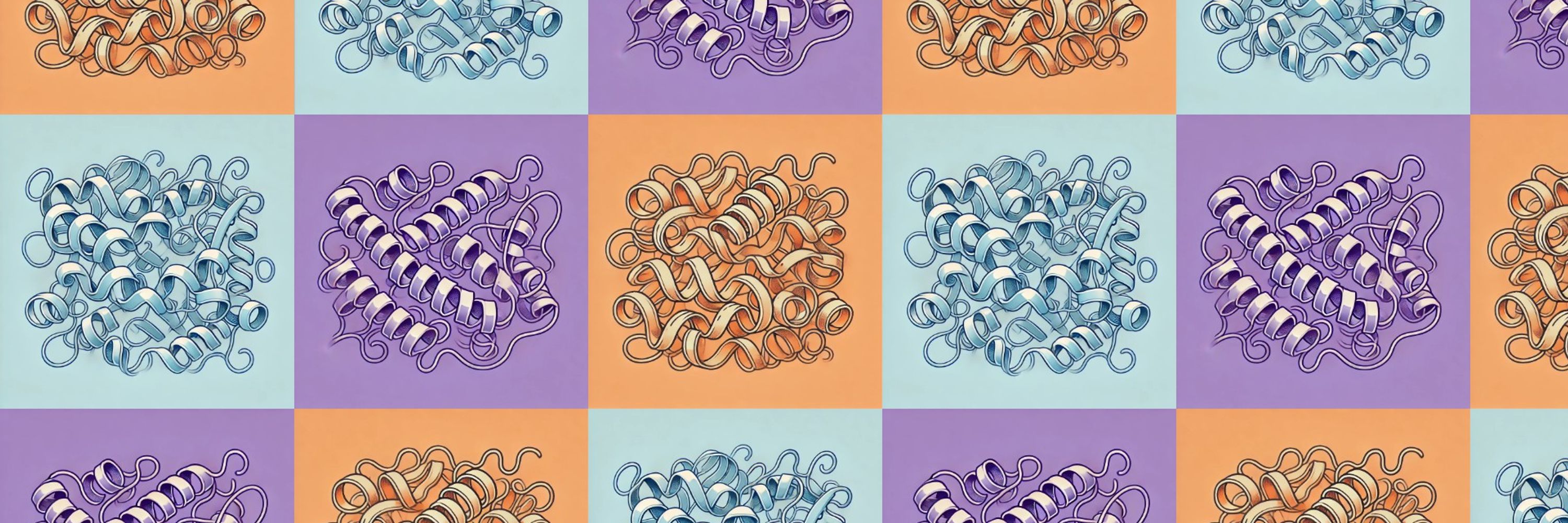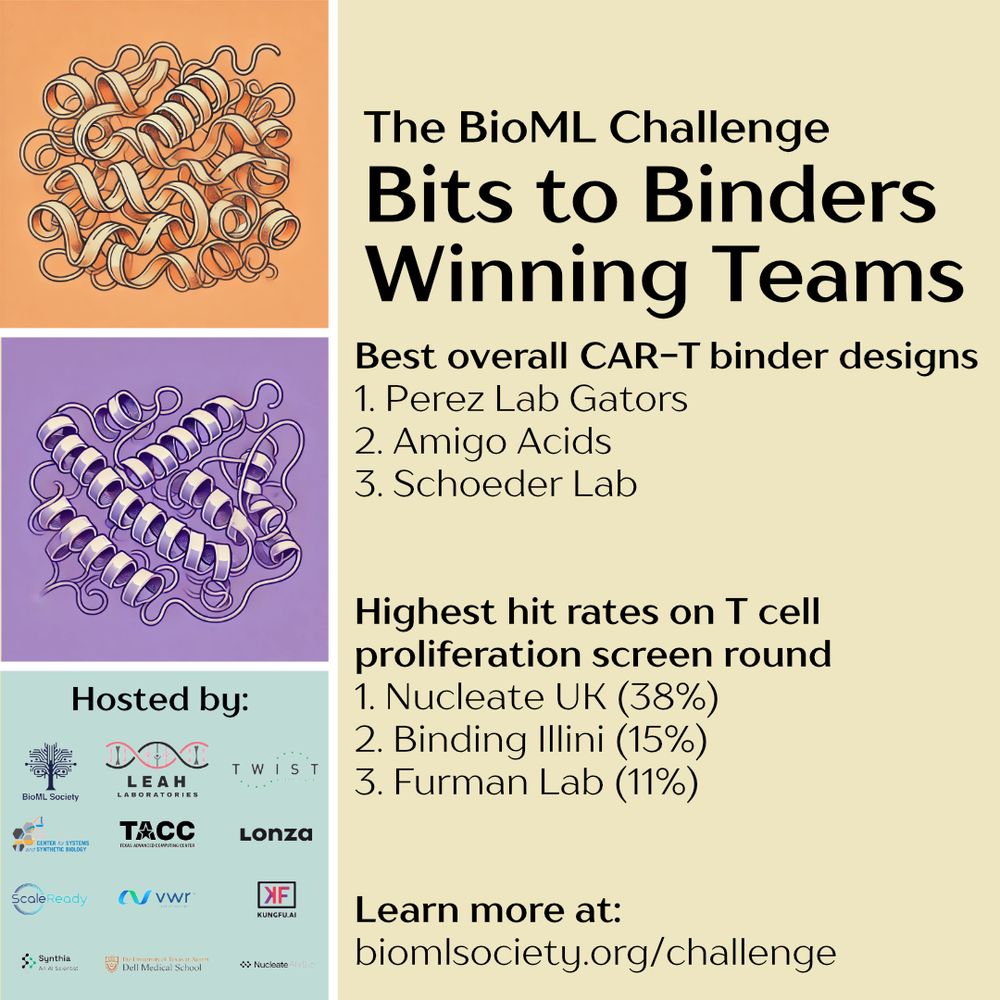Clay Kosonocky
@kosonocky.bsky.social
750 followers
290 following
72 posts
ML + Biochemistry PhD Candidate at UT Austin. BioML Society Founder. All problems are solvable, so let's solve some
biomlsociety.org
Posts
Media
Videos
Starter Packs
Pinned
Clay Kosonocky
@kosonocky.bsky.social
· Sep 2
Clay Kosonocky
@kosonocky.bsky.social
· Sep 2
Clay Kosonocky
@kosonocky.bsky.social
· Sep 2
Clay Kosonocky
@kosonocky.bsky.social
· Sep 2
Clay Kosonocky
@kosonocky.bsky.social
· Sep 2
Clay Kosonocky
@kosonocky.bsky.social
· Sep 2
Clay Kosonocky
@kosonocky.bsky.social
· Sep 2
Clay Kosonocky
@kosonocky.bsky.social
· Sep 2
Clay Kosonocky
@kosonocky.bsky.social
· Sep 2
Clay Kosonocky
@kosonocky.bsky.social
· Sep 2
Clay Kosonocky
@kosonocky.bsky.social
· Sep 2
Clay Kosonocky
@kosonocky.bsky.social
· Sep 2
Clay Kosonocky
@kosonocky.bsky.social
· Sep 2
Clay Kosonocky
@kosonocky.bsky.social
· Sep 2
Clay Kosonocky
@kosonocky.bsky.social
· Sep 2
Clay Kosonocky
@kosonocky.bsky.social
· May 17
Clay Kosonocky
@kosonocky.bsky.social
· May 17
Clay Kosonocky
@kosonocky.bsky.social
· May 17
Clay Kosonocky
@kosonocky.bsky.social
· May 17
Clay Kosonocky
@kosonocky.bsky.social
· Feb 12
Clay Kosonocky
@kosonocky.bsky.social
· Feb 12






